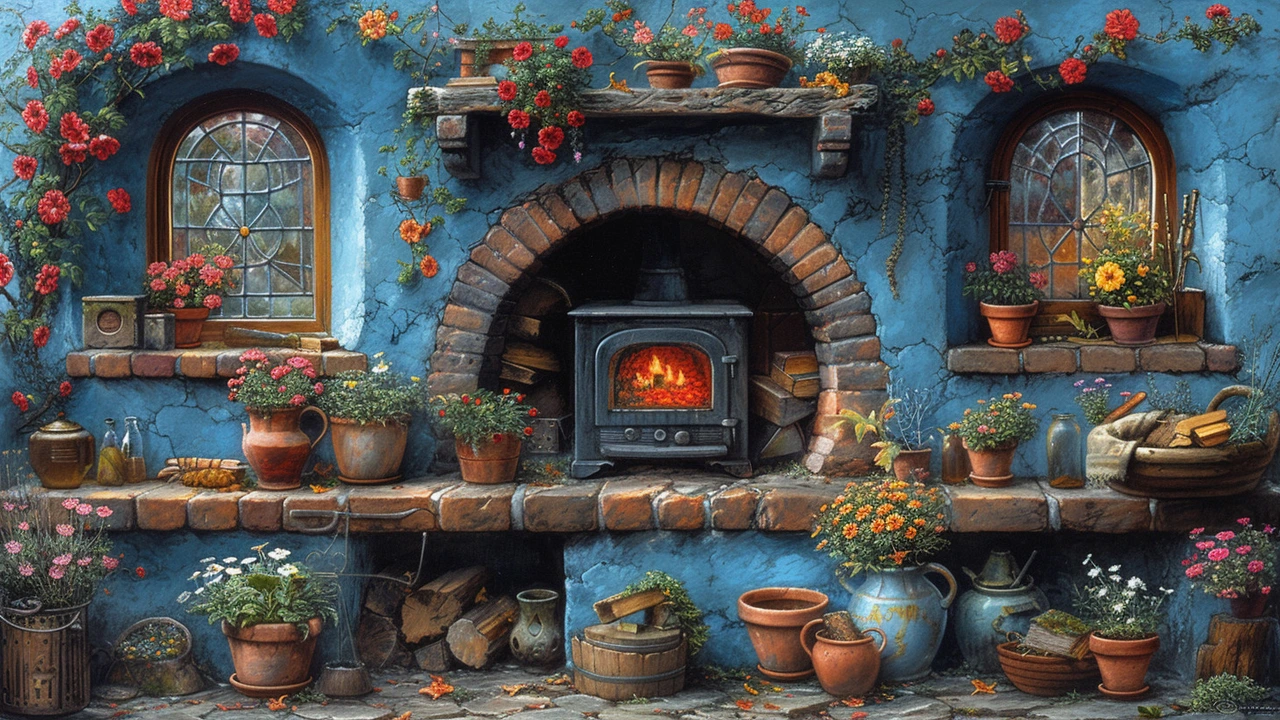Dive into the fascinating world of Bauhaus, a revolutionary style that reshaped modern architecture and design. Learn about its origins, key figures, and enduring influence on contemporary aesthetics. Discover how Bauhaus principles continue to inspire designers and architects worldwide, blending functionality with artistic beauty. This article provides a thorough exploration of Bauhaus design's rise, its global impact, and practical tips on incorporating its elements into today's spaces.
Design Trends: Practical Ideas You Can Use Today
Want to use a trend without it feeling dated in a year? Good—because trends are tools, not rules. This page helps you spot solid trends, mix them wisely, and apply them so your project looks intentional and lasts. You’ll find short, practical tips and clear examples tied to real styles like Beaux‑Arts, Mid‑Century Modern, High‑Tech, Neo‑Futurism, and revival styles such as Greek and Renaissance.
Spotting trends that last
Start by asking three quick questions: Does this trend improve function? Does it fit the building’s context? Can you source materials responsibly? If the answer is no to any, skip it. For example, classic revival styles—Greek Revival, Beaux‑Arts, Renaissance—stay relevant because they rely on proportion and quality materials. Modern movements like High‑Tech or Neo‑Futurism last when they solve real problems (better daylighting, structural efficiency, adaptable spaces).
Look for signals that a trend is practical, not just pretty: public buildings adopting Beaux‑Arts elements for civic presence, adaptive reuse projects that keep historic character while adding modern systems, or mid‑century pieces showing up in sustainable renovations because they’re simple and durable. Those patterns mean a trend has depth.
How to apply trends without overdoing it
Pick one dominant idea and one supporting detail. Want a historic feel? Use classic proportions and one modern material—brass hardware or engineered stone—so it reads fresh, not fake. Going modern? Let function lead: daylight, ventilation, and flexible layouts matter more than a trendy color. Mix scales: a bold entry facade from a Beaux‑Arts influence paired with clean, modern interiors keeps a building readable and current.
Material choices matter. Choose durable, low‑maintenance materials and prioritize recycled or low‑carbon options when possible. That gives you two wins: trend appeal and long‑term value. For interiors, invest in a few authentic mid‑century pieces rather than copying the whole look—small authentic elements raise the room more than cheap imitations.
Context is everything. A neo‑futurist glass box can sing in a tech campus but feel out of place on a historic street. When working in older neighborhoods, think preservation: repair first, match key details, and add contemporary systems discreetly. If you’re designing from scratch, use local materials and scale to the street to respect place while showing a clear design voice.
Want a quick action list? 1) Choose one main trend. 2) Add one modern or sustainable detail. 3) Test materials in real light and weather. 4) Keep changes reversible in historic settings. Read articles on this tag—like pieces on Beaux‑Arts, Constructivist, High‑Tech, and Mediterranean Revival—to see real examples and pick the moves that fit your project.
Ready to dig deeper? Browse the tag to find practical guides and case studies that match the style you like and the problems you need to solve.
The American Craftsman Style is experiencing a resurgence in popularity, and this article explores the reasons behind the trend. Rooted in a rich history, this design philosophy emphasizes natural materials, handcrafted quality, and a connection to traditional values. The summary highlights the aesthetic and ethical appeal of the Craftsman movement and hints at how modern homeowners are incorporating these principles into their spaces. Discover how this classic style is being adapted to contemporary sensibilities.


